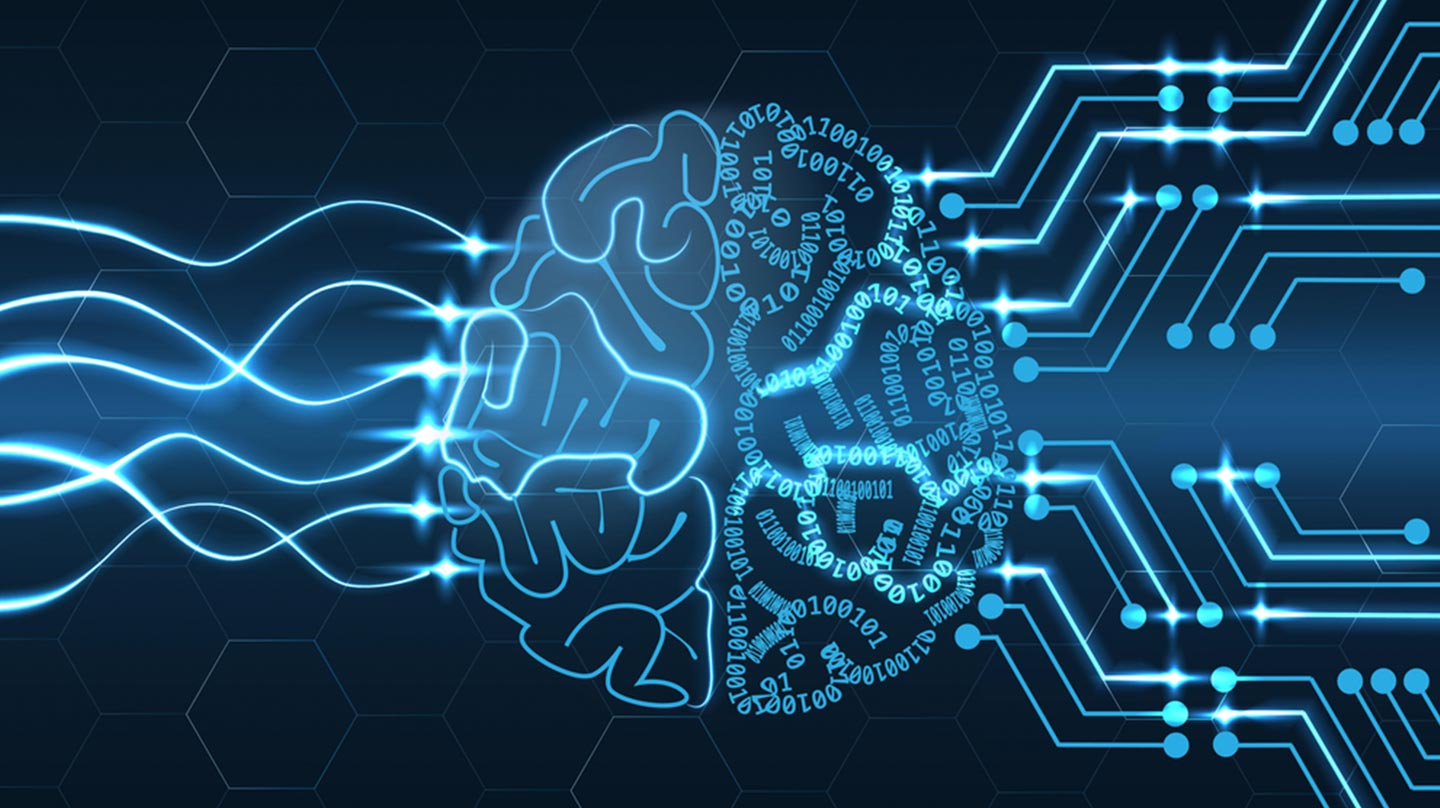Why machine learning? Why medicine? Why the hype?
What is machine learning and artificial intelligence?
Machine learning (or ‘ML’) is a key area of artificial intelligence (AI). AI can be defined broadly as when a computer performs a task usually requiring human intelligence. Machine learning is a subset within this and refers to when computers perform such tasks without being explicitly programmed. For example, you could write some computer code that counts squares on an ECG to recognise 1st degree heart block and this would be a form of AI but not of ML. Alternatively, you could train an algorithm with 1,000 ECGs; 500 with 1st degree heart block and 500 without, for the algorithm to learn itself what the features are and this would be an example of both ML and of AI.
A technical definition of machine learning is when:
“A computer program learns from experience E with respect to some task T and some performance measure P, if its performance on T, as measured by P, improves with experience E.” – Tom Mitchell (1998)
There are many different techniques used within machine learning, which we will be covering in this series. One of the most recent and exciting areas is ‘deep learning’, which involves taking large volumes of data, feeding it through a multi-layer ‘neural network’ (loosely inspired by the brain’s structure) so that it can give useful information when presented with new data.
Why all the hype about AI and machine learning recently?
Many of the techniques were originally devised in the 20th century yet they did not prove significantly useful at the time. There have been significant increases in computing power (with has continually increased since the advent of computers) and volumes of data stored (which has been fuelled by the internet and smartphones). This has enabled the techniques to flourish, which has also been fuelled by a number of scientific breakthroughs around the techniques and methods used.
What has it got to do with medicine?
Machine learning has been applied to games, images, voice and speech, driverless cars, and now it is showing huge potential in healthcare. Some aspects of doctors day-to-day roles involves pattern recognition, such as recognising pathology on imaging, or fluctuations in blood test results. ML, if trained with the appropriate type and quantity of data, can be an expert at recognising patterns. Therefore, ML could automate these processes, saving doctors time, and could also provide useful medical information in areas with insufficient numbers of doctors.
Much of the early work has looked at the use of ML in pattern-recognition heavy specialties, such as radiology, histopathology and dermatology. ‘Computer vision’ has been shown to accurately diagnosis melanoma and retinal disease from images. It has also been explored to recognise cancer from pathology slides and detect pathology on chest X-rays, as well as other imaging modalities.
There are other ways in which ML might ‘augment’ the work of doctors, by providing additional tools at their disposal. For example, analysing and synthesising speech, termed ‘Natural language processing’, has enabled chatbots to be used for treating depression and anxiety. There are many other potential uses of such technology, including automatic dictation for notes (to help overcome burnout in doctors) and producing summaries from medical records. ‘Neural networks’ have been used to analyse blood test results and predict outcomes in a whole array of diseases. There is the potential for them to recognise combinations of blood marker fluctuations beyond the complexity that humans are able to interpret.
We will cover each of these areas in much greater depth in upcoming posts. Discussion about the complete replacement of doctors by AI is speculative and, in my opinion, very unlikely.
In summary, there’s a lot of hype, some of which is warranted. To critically assess this, it’s necessary to develop a more nuanced understanding of ML and its application in medicine. Read on to find out more…

Comments powered by Disqus.